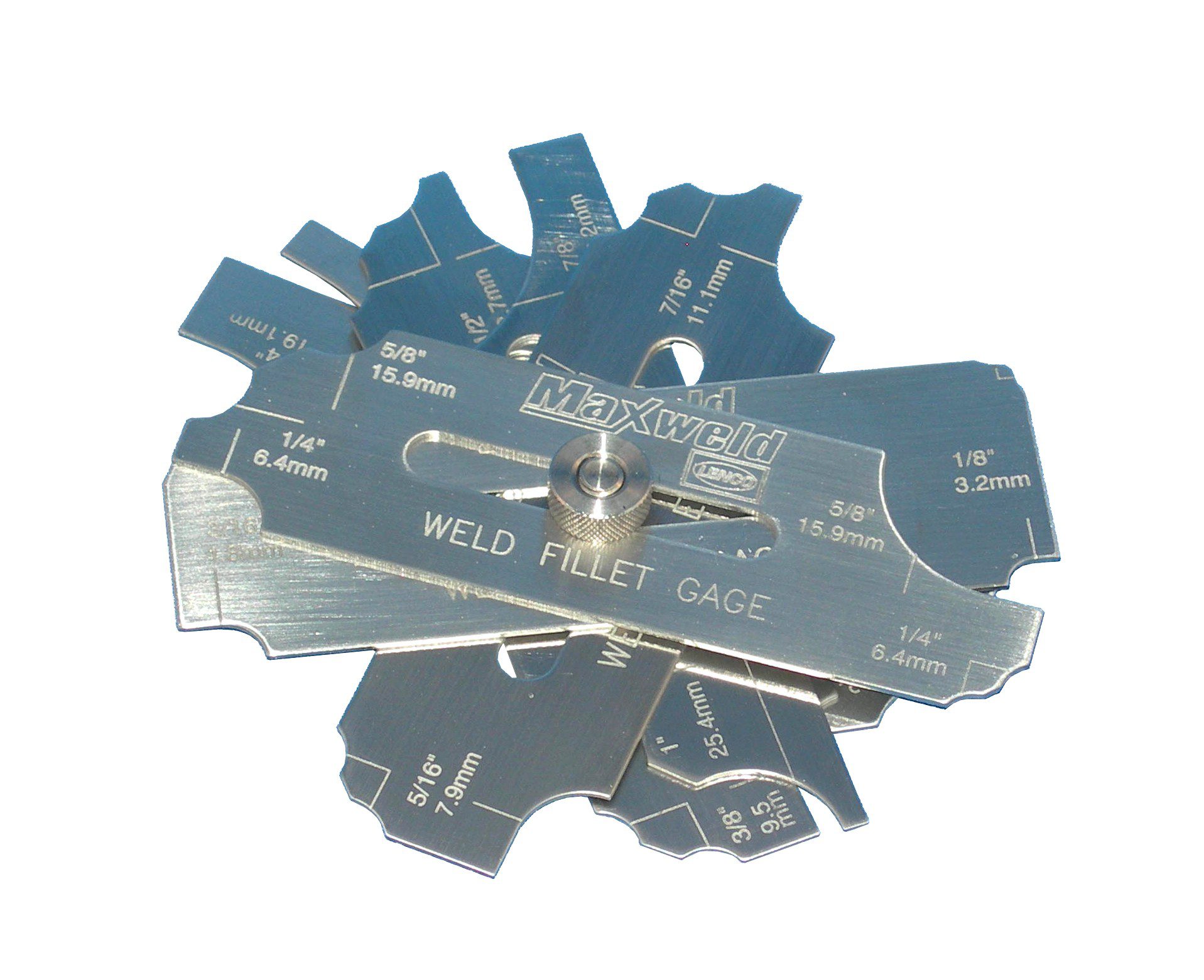Gauge Fillet Weld Explained: From Essentials to Advanced Techniques
Gauge Fillet Weld Explained: From Essentials to Advanced Techniques
Blog Article
The Ultimate Overview to Fillet Weld Quality Assurance: Ensuring Stamina and Sturdiness in Your Welded Joints
In the realm of welding, guaranteeing the stamina and toughness of fillet welds is paramount for the integrity of welded joints. As we begin on this exploration of fillet weld high quality control, we will certainly reveal crucial factors that influence weld strength, delve into efficient evaluation techniques, and go over methods for protecting against usual weld issues.
Importance of Fillet Weld Quality Control
Ensuring proper fillet weld quality control is paramount in guaranteeing the architectural honesty and long life of bonded elements in different industries. Fillet welds are typically used in structural steelwork, bridges, stress vessels, pipes, and other vital facilities where the strength of the weld is crucial to overall safety and security and efficiency. Quality control steps such as visual examinations, non-destructive screening, and adherence to welding procedures help recognize prospective problems like lack of blend, insufficient penetration, damaging, or extreme support.
Trick Aspects Impacting Weld Toughness
Accomplishing optimum weld toughness calls for mindful factor to consider of various key aspects that affect the stability and sturdiness of the bonded joint. The initial critical element is appropriate joint preparation, which entails cleaning up the base steels to remove any type of contaminants that might damage the weld. Additionally, the fit-up of the joint is necessary to guarantee correct penetration and combination of the filler product.
The selection of the suitable welding strategy and parameters likewise plays a substantial role in figuring out weld toughness. Elements such as warm input, traveling rate, and electrode angle can impact the high quality of the weld. Keeping the correct interpass temperature during multi-pass welding is important to stop fracturing and make certain a strong bond between the layers.
Furthermore, the choice of filler material and its compatibility with the base metals is essential for attaining high weld toughness. Making use of filler product with the appropriate mechanical homes can improve the general stability of the weld. Finally, post-weld warm treatment and appropriate evaluation techniques are important steps in guaranteeing the strength and resilience of the welded joint.
Assessment Techniques for Weld Integrity

Another important assessment approach is fluid penetrant screening, where a fluid color is used to the weld surface area - Gauge Fillet Weld. The color seeps right into any kind of surface-breaking issues, making them noticeable under UV light. This approach works for spotting defects that may check out this site not be visible to the naked eye


Ultrasonic screening is also commonly used for checking weld integrity. High-frequency noise waves are directed into the weld, and any kind of interruptions in the acoustic wave pattern indicate possible defects like fractures or absence of fusion.
These assessment methods play a crucial duty in guaranteeing the top quality and reliability of welds, eventually adding to the overall stamina and longevity of welded joints in industrial settings.
Preventing Usual Weld Problems
In order to maintain the architectural integrity of welded joints in commercial applications, it is crucial to implement precautionary measures to resolve usual weld flaws. One typical issue is lack of blend, where more helpful hints the filler material stops working to bond adequately with the base metals, bring about weak points in the weld. This can be stopped by making sure appropriate warmth control and utilizing the proper welding method.
Another frequent problem is porosity, triggered by gas entrapment in the weld metal during the welding process. To avoid this, it is vital to cleanse the base steels extensively, make use of completely dry electrodes, and preserve an appropriate welding atmosphere with appropriate ventilation.
Furthermore, fractures in welds can jeopardize the joint's strength. To avoid this defect, it is very important to control the air conditioning price after welding, make use of pre-heating when required, and select appropriate welding parameters.
Enhancing Bonded Longevity With Correct Methods
One important method to improve weld resilience is to make certain proper weld grain placement. By placing the weld grain precisely within the joint, the visit this site weld's toughness and resistance to tiredness can be dramatically enhanced.
Choosing the right filler metal and guaranteeing the cleanliness of the base metals can avoid additions and other problems that might jeopardize the weld's sturdiness. By carrying out these appropriate methods, welders can make sure that their welded joints display extraordinary stamina and sturdiness, satisfying the highest quality standards.
Verdict
In verdict, keeping premium quality control requirements for fillet welds is important for guaranteeing the strength and durability of bonded joints. By comprehending the essential elements affecting weld toughness, using evaluation methods for weld honesty, stopping common weld defects, and using appropriate techniques, welders can boost the general durability of their welds. It is imperative to focus on high quality control measures to generate reputable and long-lasting welded joints.
In the world of welding, ensuring the toughness and resilience of fillet welds is paramount for the stability of bonded joints. As we begin on this expedition of fillet weld high quality control, we will certainly discover crucial aspects that influence weld strength, dig right into efficient evaluation techniques, and discuss methods for avoiding common weld defects.Achieving optimal weld strength needs careful factor to consider of different key variables that influence the honesty and durability of the bonded joint (Gauge Fillet Weld).In conclusion, maintaining high top quality control standards for fillet welds is crucial for ensuring the stamina and toughness of welded joints. By comprehending the essential variables influencing weld strength, using examination methods for weld stability, stopping usual weld defects, and utilizing appropriate methods, welders can boost the total durability of their welds
Report this page